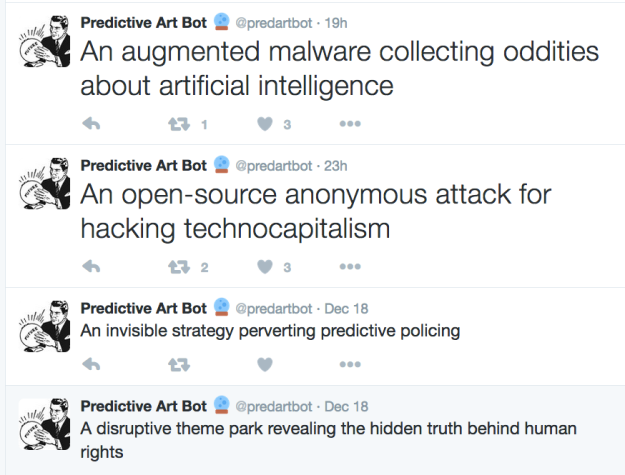“Robot Technology Use: Threat or Treasure? The Impact of Robotization on Employee Well-Being”
Thursday, December 1| 3:00 PM | SSMS 2135
In this talk, Dr. Clara ter Hoeven (University of Amsterdam) presents a model that integrates the advantages and challenges of the increasing use of robot technology for employee well-being. Academic and public commentary about the effects of robot technologies on the labor market typically present opposing scenarios ranging from enriched work experiences to job loss for most of the workforce. On the one hand, some studies show that working with robots can have benefits for employees, such as alleviating physical and/or administrative tasks and enhancing efficiency and control. On the other hand, studies demonstrate that the use of robots at work can cause job insecurity, feelings of alienation, and intensification of work. Thus, it seems paradoxically that robot technology use can restructure work and work roles such that it both enhances and diminishes employee well-being. However, no previous studies have evaluated the effects of robot technology use on employee well-being. In this presentation, a model is proposed to evaluate how the concomitant advantages and challenges of robot technology use explain the relationship with employee well-being, considering different occupational groups and job levels.
